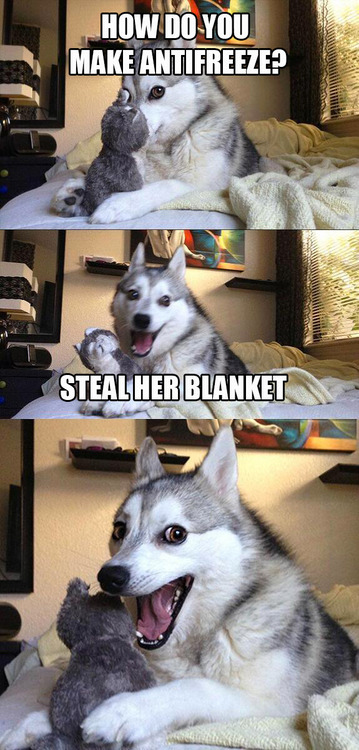22 Oct Three Ways Facebook Reactions Could Help Your Marketing Efforts
Earlier this month, following rumors of a “dislike” button, Facebook announced a pilot called Reactions. Currently only available in Spain and Ireland, Reactions is a way to qualify likes on a post with more specific emotions. At this early stage, you might not know how to feel about Facebook Reactions, but we’ve done a little bit of brainstorming about how they might change the face of Facebook marketing. Ugh, so many forced puns! #sorrynotsorry
1. Sentiment Analysis
Reactions, if they are rolled out globally and include the stats from Facebook Insights, will be a fascinating gauge of brand perception. I’m glad there isn’t going to be a “dislike” button because it’s difficult to get to the “why” when just looking at positive and negative. With Reactions, not only do we have likes and anger, but also love, haha, yay, wow, and sad. This will allow marketers to better qualify positive and negative reactions as well as help answer why fans are engaging with content or gauge their opinions on product or brand news. Of course, there are the issues of nuance (you broke your leg, are your friends sending you “love” or do they “love” that you broke your leg? Jerks) and, of course, the impending use of sarcasm. It is the internet after all. Still, being able to categorize emotional responses to content will be incredibly beneficial to brand and community managers. This can also help inform more empathetic responses when dealing with customer service issues that surface on the page. The more you know about what kind of reaction a user is having, the better you can connect with them on that personal level social media was intended for.
2. Content Development

One way Reactions could help community managers is with content analysis. Did you write a post that you thought was super punny? Did you get a bunch of “sads” and “angers” reactions instead of “hahas”? Maybe your content isn’t as punny as you think it is or your fans/coworkers just don’t appreciate such fine and admirable wit. Why are certain posts getting more “loves” and “wows” than others? It could be those breathtaking photos you are using. Use more! Don’t forget to take a peek at Reactions when optimizing your promoted content. You might find that certain targets/coworkers prefer your wit than others.
3. Product Research
Using Facebook Reactions as a form or product research could also help inform decisions. Say you have a limited edition product that you are posting about over the next few months. The first post generates a plethora of “wows” and “loves” reactions. Every time you post about this product you get record levels of these reactions. Nearing the end of the run, you post “get ‘em while you can!” (I’m an analyst, not a community manager, bear with me) only to generate an explosion of “sads” and “angrys” reactions. It could be worth bringing that product back next year, keeping it around full-time, or at least start a conversation about conducting wider research.
In Conclusion
I’m hypothesizing that Reactions will successfully make it out of testing and, if they do, it will be fascinating to see how brands utilize that information and adjust their content strategy on the channel. Sentiment analysis is useful for measuring perception but becomes significantly more actionable when including further emotional qualifiers. I wouldn’t be surprised if we see some significant content shifts on brand pages as informed by Facebook Reactions. When/if Facebook Reactions is released to the entire Facebook user base, our content is going to be turned… Inside Out.








